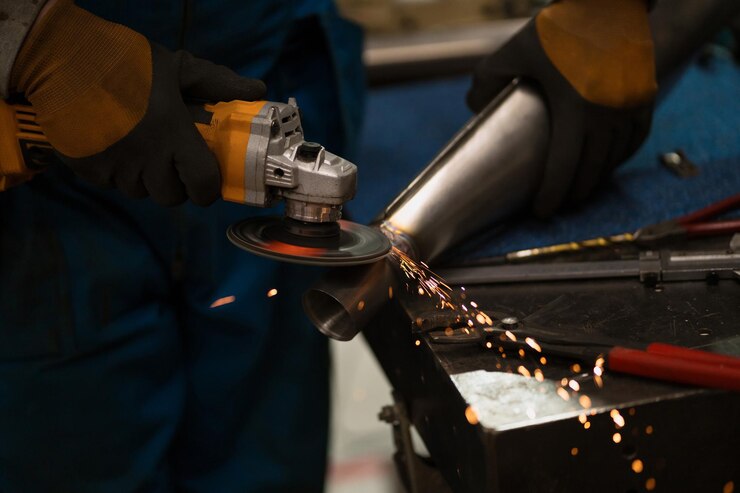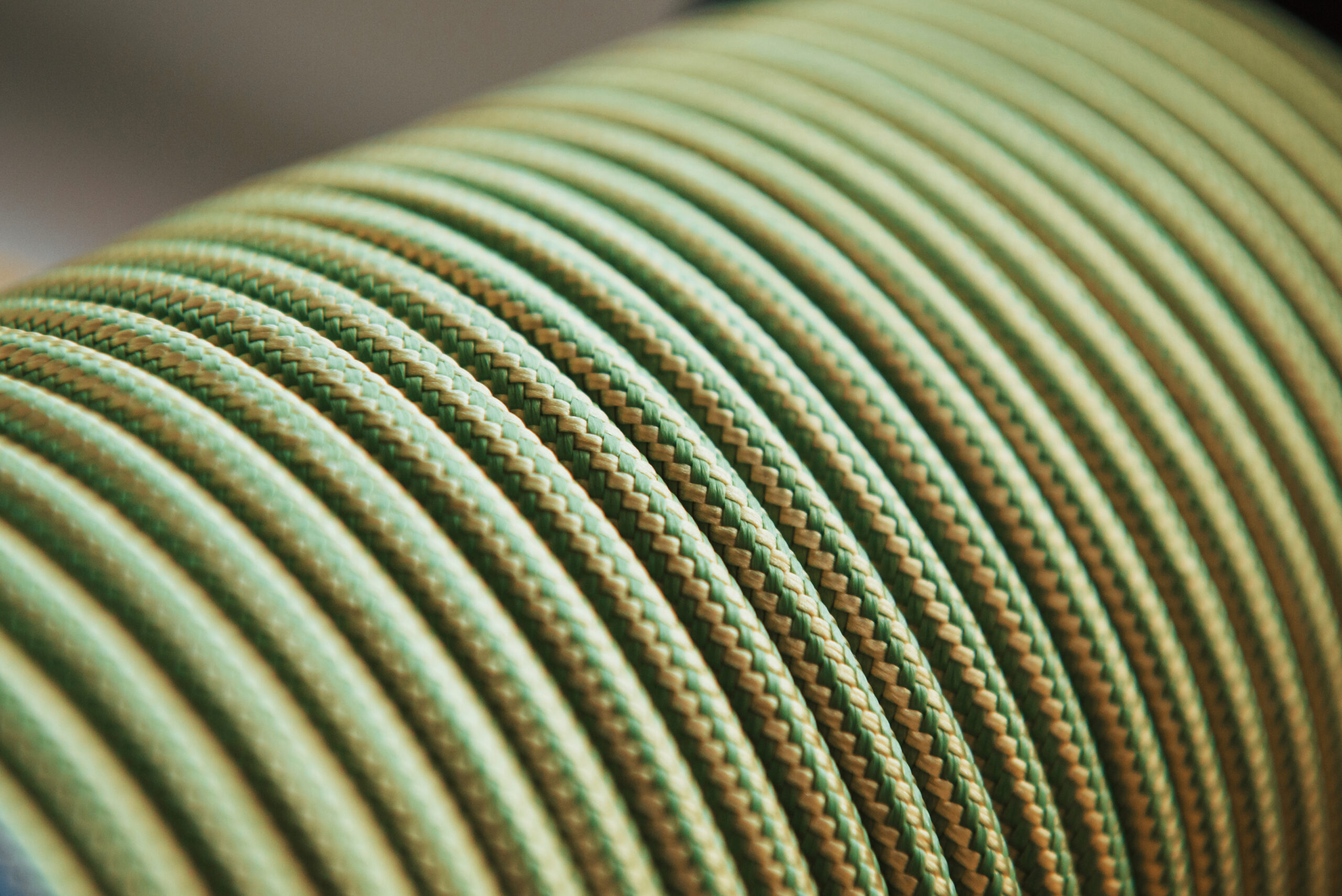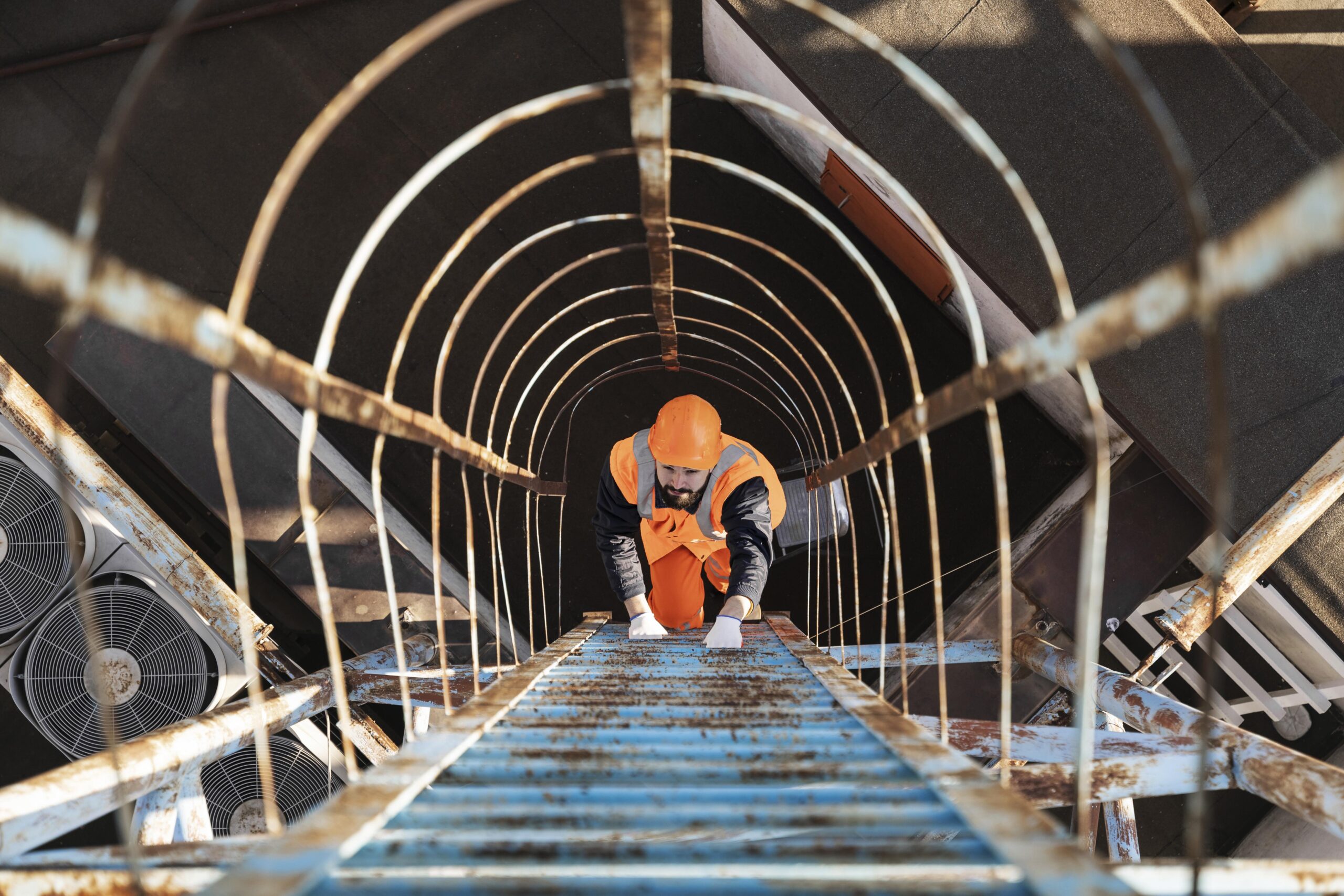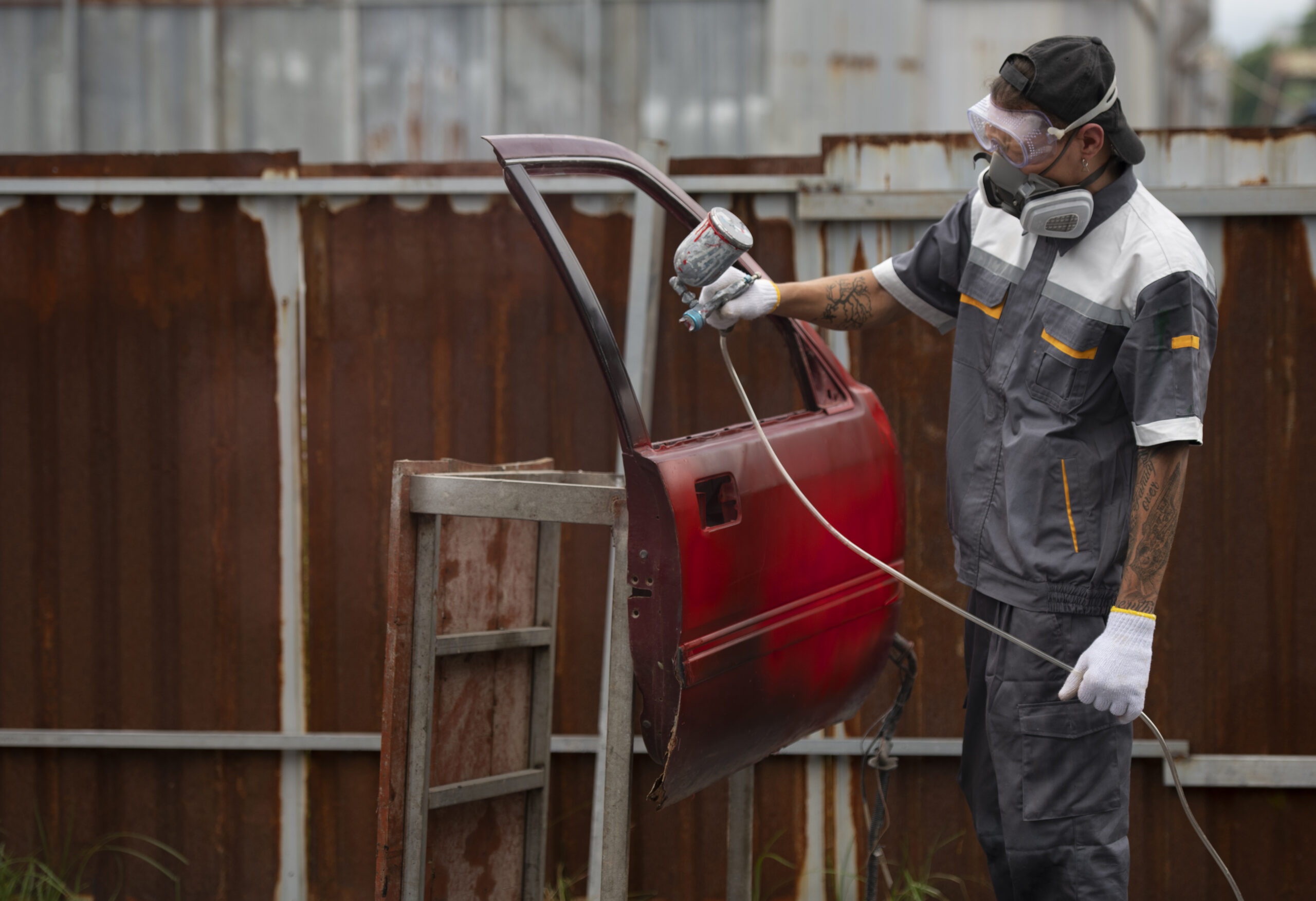In the process of metal fabrication, welding plays an important role. However, welding joints can cause several problems. You can encounter many problems if you do not use the proper technique.
Welding is a critical process in various industries, playing a pivotal role in the fabrication and construction of structures and equipment. However, it has its challenges. Welding joints, in particular, present unique difficulties that can impact the quality and durability of the final weld.
Understanding these common challenges in welding joints and having effective solutions is essential for achieving successful welding outcomes.
Read: How to Inspect Welding Joints?
05 Most Common Challenges in Welding Joints with their Solutions
These are some of the most common welding problems and their solutions.
Spatter
The term “spatter” refers to the formation of droplets of molten material near an arc during welding. The issue typically occurs during gas metal arc welding (GMAW). There are a variety of causes for this issue, including high currents, incorrect polarity, or insufficient gas shielding. To prevent spatter, welders can do a few different things.
A reduction in welding current and length of the arc and an increase in the angle between the torch and plate can reduce the spatter. Also, double-check the polarity, type of shielding gas, and flow rate. Keeping the gas nozzle clean can also prevent spatter.
Solution
- A correct welding settings: Follow the manufacturer’s recommendations for the welding type and the thickness of the material you are welding.
- Clean the base metal thoroughly: Use a wire brush or grinder to remove any dirt, oil, or rust from the base metal before welding.
- Use a proper welding technique: Move the torch moderately and maintain a consistent arc length.
- A shielding gas: Shielding gas helps to prevent the molten metal from evaporating and splattering.
- Anti-spatter spray: Anti-spatter spray coats the base metal and prevents the molten metal from sticking.
Porosity
The absorption of nitrogen, oxygen, and hydrogen caused the presence of pores in weld metal during the molten state. The trapped gases are released upon solidification and become trapped inside the weld metal. The presence of moisture, rust, grease, or paint on the plate edges, inadequate gas shielding, and welding onto small gaps with air in between can cause porosity.
We should use welding consumables before use, or fresh ones should be used if porosity occurs. It is also helpful to have dry and clean plate edges. Also, check the shielding gas type and flow rate, clean the gas nozzle of the welding device, and ensure the torch’s angle to the plate is not too great or too small.
Solution:
- Dry the base metal thoroughly before welding.
- Ensure the shielding gas is flowing correctly and the nozzle is close to the weld.
- Use a proper welding technique, such as stringer beads or weave patterns.
Cracks
Cracks are the most annoying of all welding problems. The internal stresses in a weld exceed the filler and base metals’ strength, resulting in cracks. Cracks are much more difficult to repair after the fact than other problems. To fix them, the weld would have to be ground out and a new weld performed. We must eliminate the problem and reset the process from scratch. This sounds like lost time, which it very much is.
There are different types of cracks, one of which is caused by internal stress and one of which is caused by external pressure. In addition to heavy physical loads, residual welding stresses, the more common cause, can weaken the joints, causing cracks in the metal. Extreme temperatures can also result in cracks, such as very hot and cold temperatures.
Solution
- Preheat the base metal to reduce residual stresses.
- Use the correct heat input for the thickness of the material being welded.
- Moreover, choose the right type of electrode for the material being welded.
- Use a proper welding technique, such as stringer beads or weave patterns.
Undercut
An undercut may occur when the arc voltage is too high, or the arc is too long. An electrode that is too large for the thickness of the plate can also cause this problem, as well as incorrect electrode usage or an incorrect angle. In addition, too fast travel speeds can cause an undercut.
Keep an eye on the speed of the welding process, monitor the amount of weave, and stay away from holding the electrode near the vertical plate when welding horizontal fillets. In addition, avoid using an electrode larger than necessary, as too much-molten metal can lead to an undercut.
Solution
- Reduce the travel speed.
- Use the correct electrode angle.
- Increase the heat input.
Deformation
Due to the fact that the welded metals contract during the cooling and hardening process, the deformation occurs. This may occur when the welding sequence is unsuitable for the intended weld, when there are too many thin beads, or if the plates need to fit appropriately before welding (insufficient clamping).
The best ways to prevent deformation are to weld from both sides of the joint, to weld from the center out (in opposite directions), to use a larger electrode, and to clamp firmly. It can also be helpful to make fewer passes or to change the sequence of welds or the location of the joint.
Solution
- Proper Fixturing: One of the critical factors in reducing deformation is to ensure adequate fixturing of the workpiece.
- Preheating: Preheating the metal before welding can also help to minimize deformation.
- Welding Sequence: Welding sequence has a significant effect on deformation.
- Control of Heat Input: Controlling the heat input during welding is crucial in minimizing deformation.
- Post-Weld Heat Treatment: In some cases, post-weld heat treatment can relieve residual stresses and reduce deformation.
How Does Lined Pipe System Help to Protect Welded Joints?
Lined Pipe Systems (LPS) is a leading provider of welded joint systems for lined pipe applications. LPS’s patented SealSleeve™ technology provides a permanent, corrosion-resistant seal for welded joints in thermoplastic-lined steel pipes.
Before installing the lining, the workers install the pre-fabricated sleeve, known as the SealSleeve, over the weld joint. We made the sleeve of a high-performance thermoplastic material compatible with the lining material. The sleeve is then heat-shrunk onto the pipe, creating a tight, seamless seal.
Conclusion
Welding is a complex process that requires skill, precision, and attention to detail. Unfortunately, even the most experienced welders can encounter challenges from time to time. Welding is a skilled trade that requires knowledge, experience, and attention to detail. By understanding the common challenges in welding joints and how to avoid them, welders can produce high-quality welds that meet or exceed the required specifications.
To make your welding system more secure and reliable, LPS’s latest technologies are here to serve you. Buy the advanced technologies Flexsleeve and Sealsleeve and reduce the risk of further problems. Buy now!





